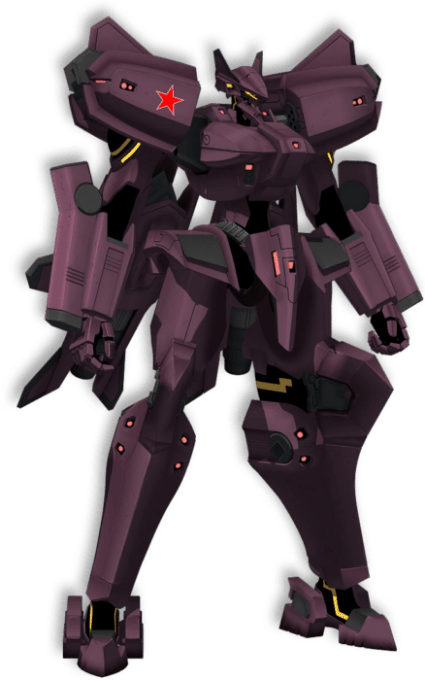
Mecha Profile: MiG-29 Lastochka – Muv-Luv Alternative
With the MiG-23 and MiG-27’s failure to meet expectations, Mikoyam Guluvich was put in a tight spot due to Sufoni’s craft – the SU-27 Zhuravlik – was chosen to be the next mainline craft for the Soviet. However, thanks to a stroke of luck, Mikoyam was able to recover their loss with the MiG-29 Lastochka.

I. Development History:
– In 1984, Mikoyam attempted to redeem themselves after the failure of the Cheburashka and Aligatori, which were already obsolete at the time of deployments. The at of a plan for advance TSF development and research, influenced by the US’ ATSF program. However, their technical knowledge was lacking behind severely.
– Amidst the program stalling after several years of fundamental research, Mikoyam was forced to plagiarised the US armed force’s High-Low mix initiative – which is to produce a limited number of heavyweight craft and several lightweight ones. The two trial unit for this program are the Ye-155 (later the MiG-25) and the 9/12 (later the MiG-29). The 9/12 is the lightweight craft of the program, and was developed using data from the YF-16 and YF-17 from the US’ LWTSF program. The data was obtained through espionage.
– The progress of the 9/12 was slow, and the Soviet leadership were getting frustrated. They ordered hive capturing operations using the MiG-25 and MiG-31, but they ended in complete failures. This or even more pressure on Mikoyam. The bureau’s leader secretly acquired completed F-16s and F-18s to overcome this issue. However, Sufoni depth a massive blow to them in 1992 with the formal deployment of the SU-27 Zhuravlik, officially ending Mikoyam’s monopoly on mainline TSF production.
– Although the Su-27 was adopted as the next mainline craft, Mikoyam once again was saved by a stroke of luck: the Su-27 initial model’s combat trial ran into hardware problem and caused a significant decline in the operational rate of the Su-27. Mikoyam immediately took advantage of this and proposed to military leaders their own High-Low Mix Initiative, where the High will use the Su-27 and the Low will use the 9/12. Their plan was approved and the development of the 9/12 was accelerated with the donation of Sufoni’s Western technology. Within 2 years, they completed a prototype that would soon be ready for mass production. In 1994, the 9/12 was designated the MiG-29 Lastochka, which means “swallow’, and deployed.
– The Lastochka’s deployment was prioritized to Europe and was off to a steady start. But Mikoyam’s bad luck still continued. The year it was deployed, 1994, was also when Imperial Japan deployed the Type-94 Shiranui – the world’s first 3rd-generation TSF. This caused the Western Bloc nations start to consider 3rd-gen specifications and refurbishment for 2.5nd-gen instead. Once again, like the MiG-27 Aligatori, the MiG-29 was obsolete since the start of its deployment. Even so, it was formally adopted by many countries, including Eastern European Socialist Alliance, the Middle East and Africa.
– In 1984, Mikoyam attempted to redeem themselves after the failure of the Cheburashka and Aligatori, which were already obsolete at the time of deployments. The at of a plan for advance TSF development and research, influenced by the US’ ATSF program. However, their technical knowledge was lacking behind severely.
– Amidst the program stalling after several years of fundamental research, Mikoyam was forced to plagiarised the US armed force’s High-Low mix initiative – which is to produce a limited number of heavyweight craft and several lightweight ones. The two trial unit for this program are the Ye-155 (later the MiG-25) and the 9/12 (later the MiG-29). The 9/12 is the lightweight craft of the program, and was developed using data from the YF-16 and YF-17 from the US’ LWTSF program. The data was obtained through espionage.
– The progress of the 9/12 was slow, and the Soviet leadership were getting frustrated. They ordered hive capturing operations using the MiG-25 and MiG-31, but they ended in complete failures. This or even more pressure on Mikoyam. The bureau’s leader secretly acquired completed F-16s and F-18s to overcome this issue. However, Sufoni depth a massive blow to them in 1992 with the formal deployment of the SU-27 Zhuravlik, officially ending Mikoyam’s monopoly on mainline TSF production.
– Although the Su-27 was adopted as the next mainline craft, Mikoyam once again was saved by a stroke of luck: the Su-27 initial model’s combat trial ran into hardware problem and caused a significant decline in the operational rate of the Su-27. Mikoyam immediately took advantage of this and proposed to military leaders their own High-Low Mix Initiative, where the High will use the Su-27 and the Low will use the 9/12. Their plan was approved and the development of the 9/12 was accelerated with the donation of Sufoni’s Western technology. Within 2 years, they completed a prototype that would soon be ready for mass production. In 1994, the 9/12 was designated the MiG-29 Lastochka, which means “swallow’, and deployed.
– The Lastochka’s deployment was prioritized to Europe and was off to a steady start. But Mikoyam’s bad luck still continued. The year it was deployed, 1994, was also when Imperial Japan deployed the Type-94 Shiranui – the world’s first 3rd-generation TSF. This caused the Western Bloc nations start to consider 3rd-gen specifications and refurbishment for 2.5nd-gen instead. Once again, like the MiG-27 Aligatori, the MiG-29 was obsolete since the start of its deployment. Even so, it was formally adopted by many countries, including Eastern European Socialist Alliance, the Middle East and Africa.

II. Technical Specs & Armaments:
– The MiG-29 Lastochka stands at 18.7-meter, utilizing two KD-33MK Jump Units. The “Swallow” is classified as a Lightweight All-Purpose Fighter developed with both Soviet and Western technology and contained design element from both. Being the ‘Low’ in the High-Low Mix, the MiG-29 is cheaper to manufacture and maintain and has short operational range, however, its performance rivals that of the F-16 Fighting Falcon and F-18 Hornet with an edge in close-combat capabilities.
– The Lastochka adopted the blade vanes from the Su-27 on its shoulder block as well as the iconic blade motors. But the MiG-29 brought the Blade motors to another level: by including them on both fore-arms AND lower legs as well. The front of the lower legs on the MiG-29 is equipped with large motor blades that runs along the leg and significantly increases the craft’s melee capability. The motor blades on the fore-arm are similar to the Su-27. The motor blades are basically serrated chainsaws that can cut through most BETA strains softer parts. This allow the craft to hack-n-slash through the BETA swarm with all four of its limbs. The MiG-29’s dense dogfighting abilities were vastly superior to the F-16 and F-18.
– The MiG-29 uses the standard A-97 Assault Cannons with 36mm rounds with 120mm launcher attachment. The weapon looks similar to the OC-14-4A. The MiG-29M2 used a variant with an elongated barrel. The MiG-29 excels in urban combat, and with its ability to perform trajectory prediction on slow-moving projectiles and active protection systems, the MiG-29 was also used for anti-insurgent operations.
– Latter models of the MiG-29 sees the addition of shoulder and hip thruster to increase mobility, as well as avionics retrofit and the implementation of OBL (Operation-by-Light) – which uses optic fiber to increase responsiveness. The jump units and airframe were also enlarged to increase output.
III. Variants:
The MiG-29 is an affordable TSF to manufacture and maintain, along with great performance despite lacking operational range, so many local specifications were produced across the globe.
The MiG-29 is an affordable TSF to manufacture and maintain, along with great performance despite lacking operational range, so many local specifications were produced across the globe.
– MiG-29 Lastochka: The initial production model. This craft was used during both BETA ops and anti-insurgent ops thanks to superior close-combat abilities and superior urban firepower.
– MiG-29M: A proposed upgrade plan for the MiG-29. But the Su-27M2 won the competition for the next-gen mainline TSF, so the MiG-29M2 plan was aborted.
– MiG-29M2 Vermilion Sword: A refurbishment of the MiG-29 with many changes to both internal and external specs. The hip block contains additional battery pack to extend operational time. The main engine in the Jump Units were also retrofitted along with the addition of non-movable vertical stabilizers help increase the craft’s three-dimensional mobility by 30%. The most significant changes to its outward appearance is the redesign of the shoulder blade vanes, a new mast sensor on the head and side fins, toe spike and special ceramic blades on the elbows that can vibrate at ultra-high speed.
– MiG-29OVT Fulcrum: an improved variant of the base MiG-29 created by a technology partnership with the US during PROJECT PROMINENCE. The Fulcrum can rival the F-15ACTV Active Eagle in combat. The Jump Units and airframe have been enlarged. The avionics are enhanced and OBL is implemented. Additional thrusters on the shoulders and hip armors are included for greater mobility. The shoulder blade vanes design are also changed.
– MiG-35 Foxhound: A 3rd-generation version of the MiG-29OVT Fulcrum which brings the craft’s capabilities to new heights. Its operation range and uptime was improved. Three-dimensional thrust-vectoring nozzles were added to the Jump Unit to further increase mobility and enhance close combat ability. The Foxhound is currently undergoing trials against the Su-47 Berkut to determine the Soviet’s next mainline craft
IV. Trivia:
– The Fulcrum and Foxhound are both NATO reporting names. There are no official Russian name for those two models.
– The Fulcrum was dubbed “The Eagle of the East” due to its exceptional performance.
– The name Vermilion Sword comes from the color the elbow blades take on due to the light and heat generation during operation.
– MiG-29M: A proposed upgrade plan for the MiG-29. But the Su-27M2 won the competition for the next-gen mainline TSF, so the MiG-29M2 plan was aborted.
– MiG-29M2 Vermilion Sword: A refurbishment of the MiG-29 with many changes to both internal and external specs. The hip block contains additional battery pack to extend operational time. The main engine in the Jump Units were also retrofitted along with the addition of non-movable vertical stabilizers help increase the craft’s three-dimensional mobility by 30%. The most significant changes to its outward appearance is the redesign of the shoulder blade vanes, a new mast sensor on the head and side fins, toe spike and special ceramic blades on the elbows that can vibrate at ultra-high speed.
– MiG-29OVT Fulcrum: an improved variant of the base MiG-29 created by a technology partnership with the US during PROJECT PROMINENCE. The Fulcrum can rival the F-15ACTV Active Eagle in combat. The Jump Units and airframe have been enlarged. The avionics are enhanced and OBL is implemented. Additional thrusters on the shoulders and hip armors are included for greater mobility. The shoulder blade vanes design are also changed.
– MiG-35 Foxhound: A 3rd-generation version of the MiG-29OVT Fulcrum which brings the craft’s capabilities to new heights. Its operation range and uptime was improved. Three-dimensional thrust-vectoring nozzles were added to the Jump Unit to further increase mobility and enhance close combat ability. The Foxhound is currently undergoing trials against the Su-47 Berkut to determine the Soviet’s next mainline craft
IV. Trivia:
– The Fulcrum and Foxhound are both NATO reporting names. There are no official Russian name for those two models.
– The Fulcrum was dubbed “The Eagle of the East” due to its exceptional performance.
– The name Vermilion Sword comes from the color the elbow blades take on due to the light and heat generation during operation.
V. Gallery:



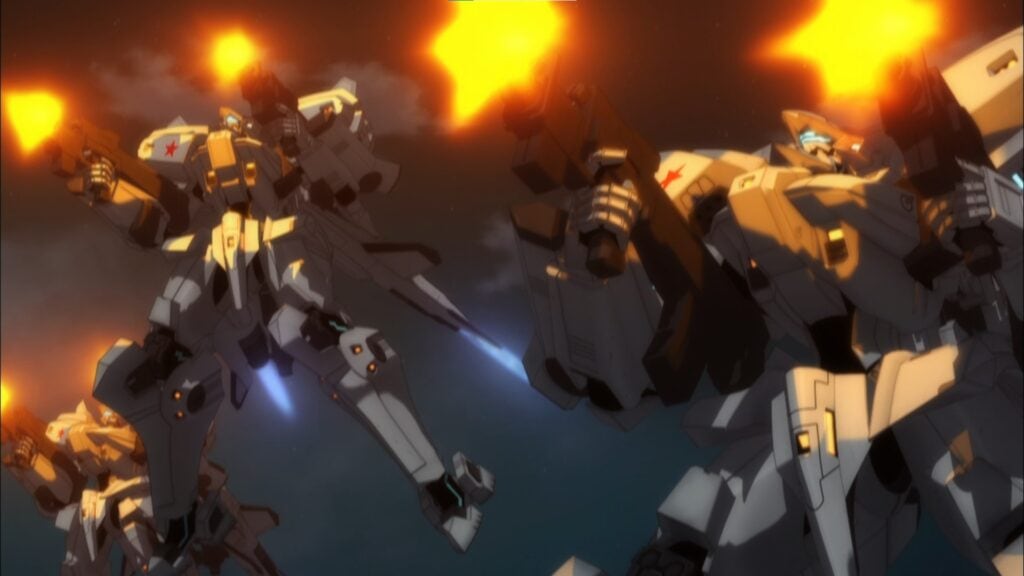
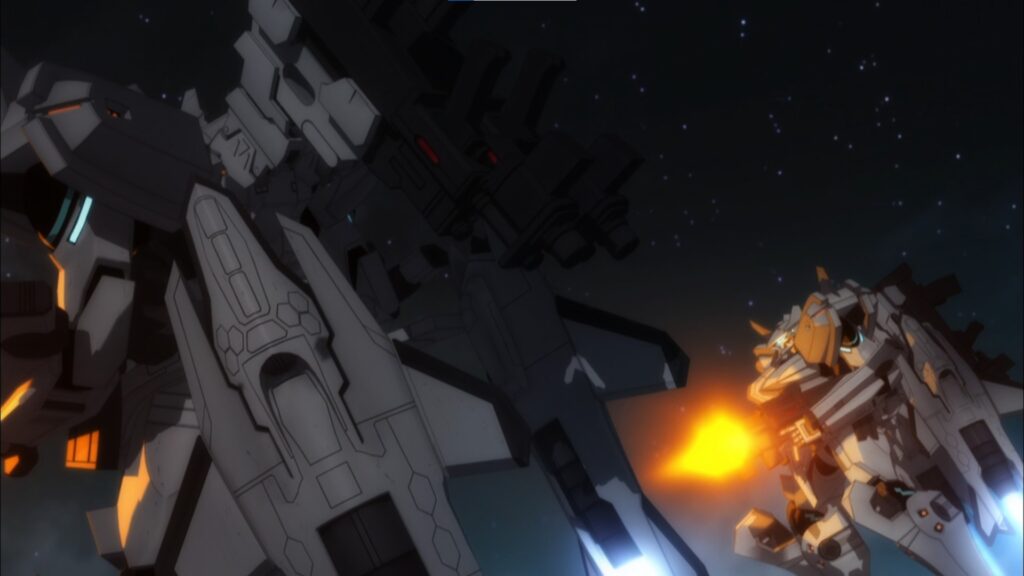



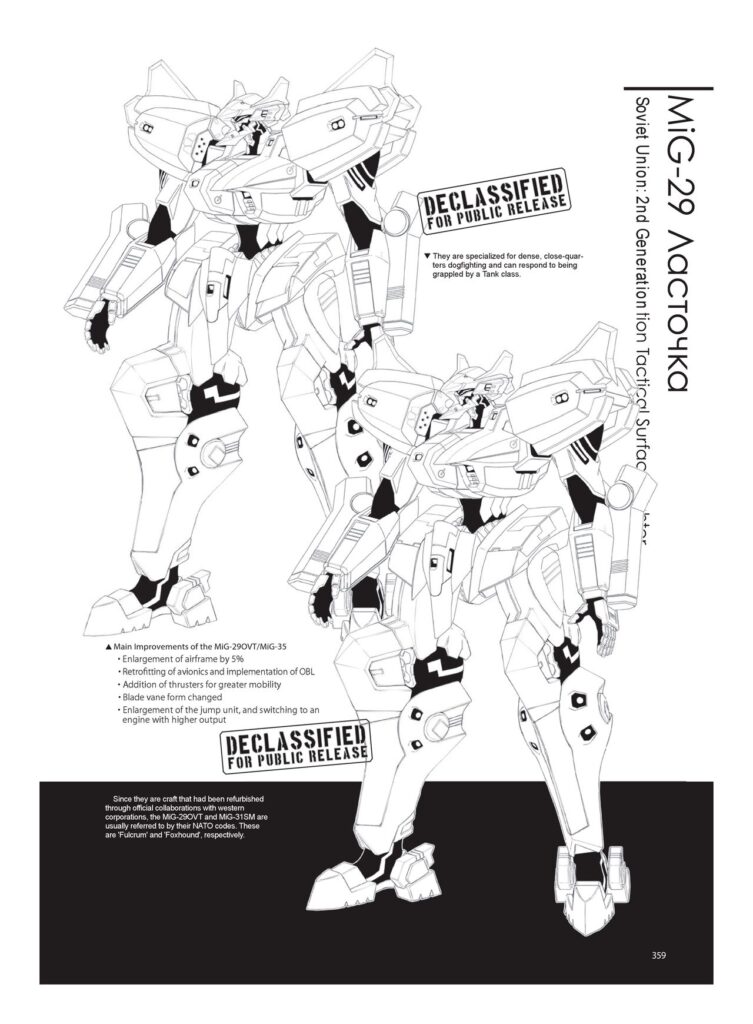
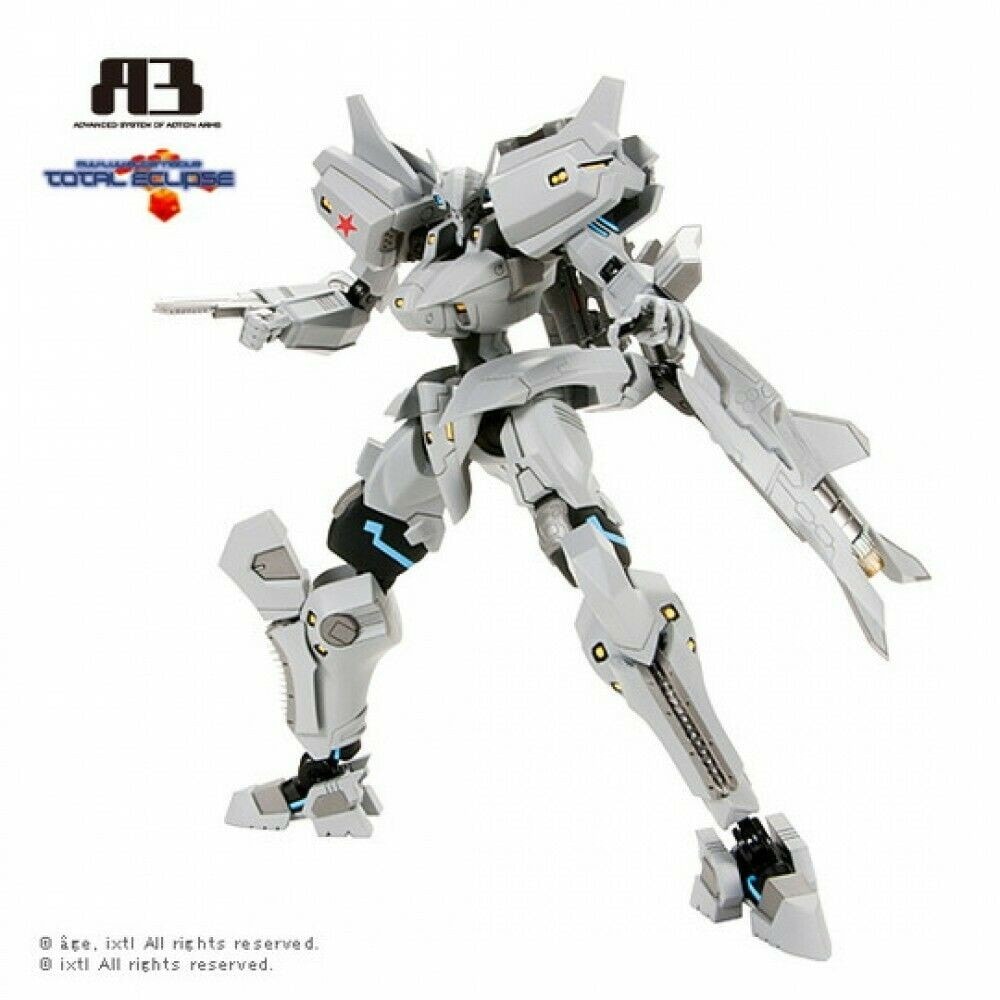
Swipe for more:
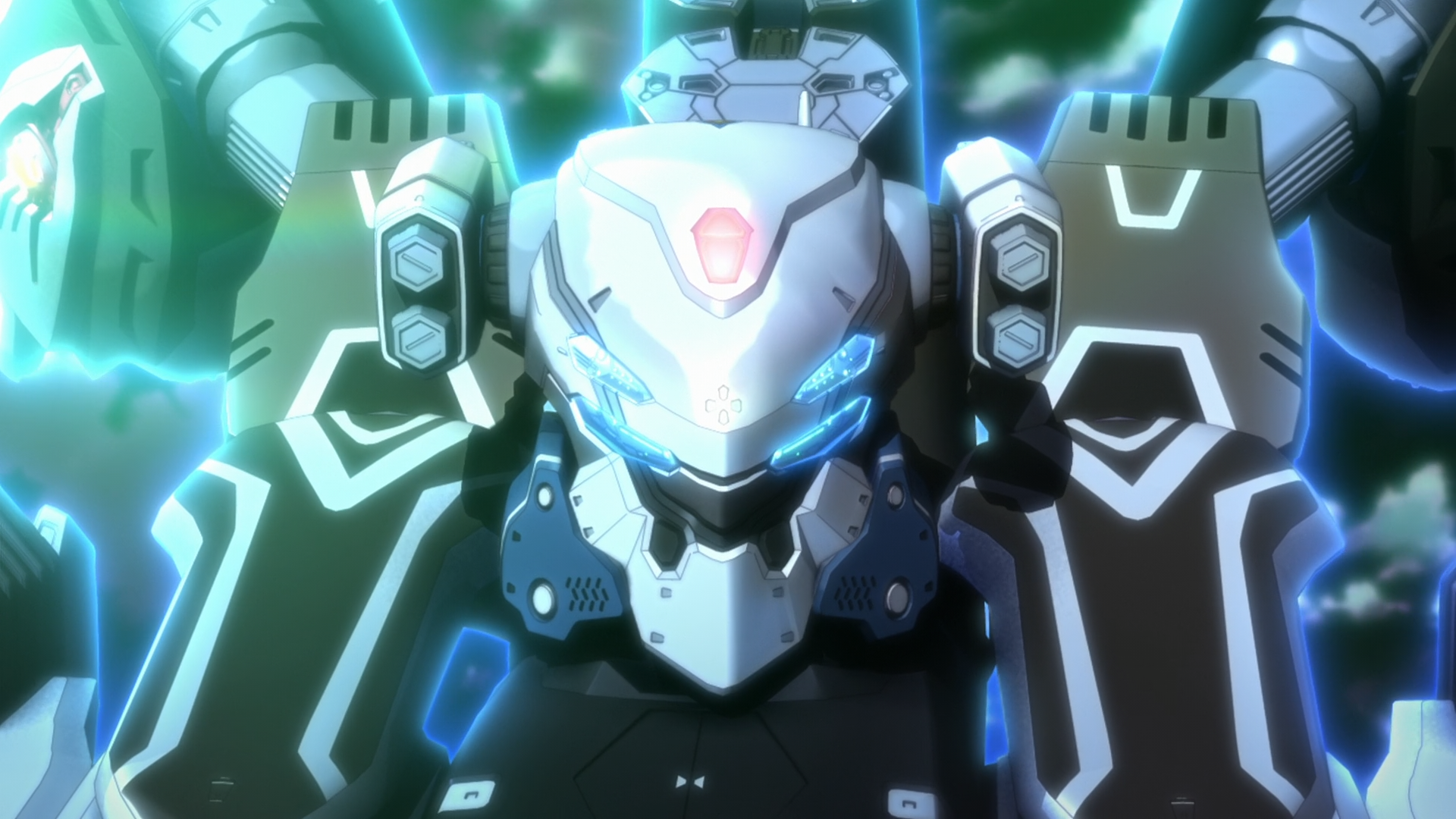
Mecha Profile: Aquarion Gepard – Aquarion EVOL
The 3rd form of the Aquarion EVOL is a walking artillery of destruction – literally. The Aquarion Gepard has enough firepower to even shoot through dimensions.
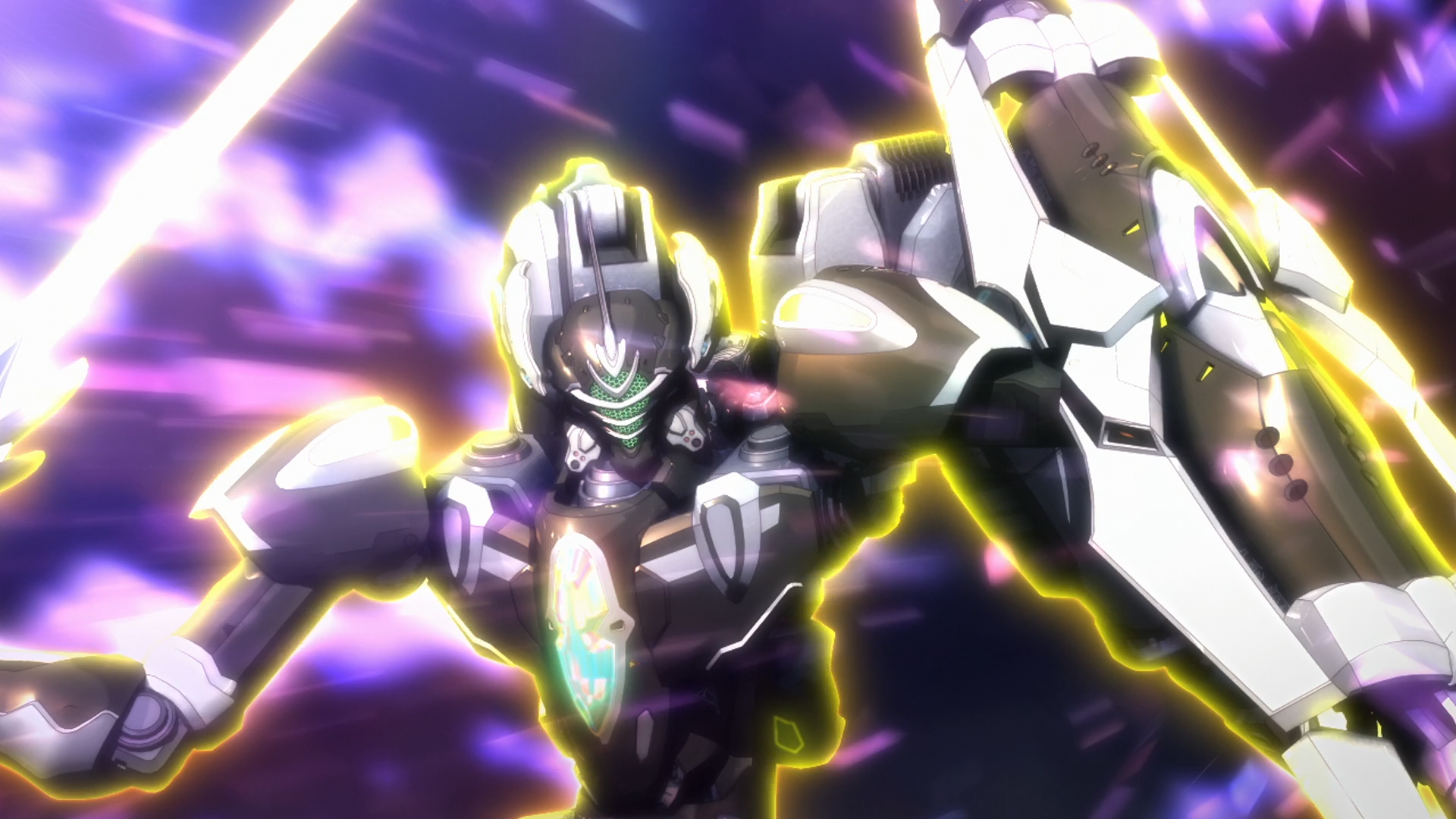
Mecha Profile: Aquarion Spada- Aquarion EVOL
The unbeatable melody of the sword – Aquarion Spada is Evol’s 2nd form. With a strong resemblance to a swordsman, the Spada is a key element in unlocking the myths of 12,000 years.

Mecha Profile: Aquarion EVOL – Aquarion EVOL
After 12.000 years, the Mechanical Angel awakens once again. Fighting for the love that span millennia, the Aquarion EVOL once again unlocks the past that was sealed within.
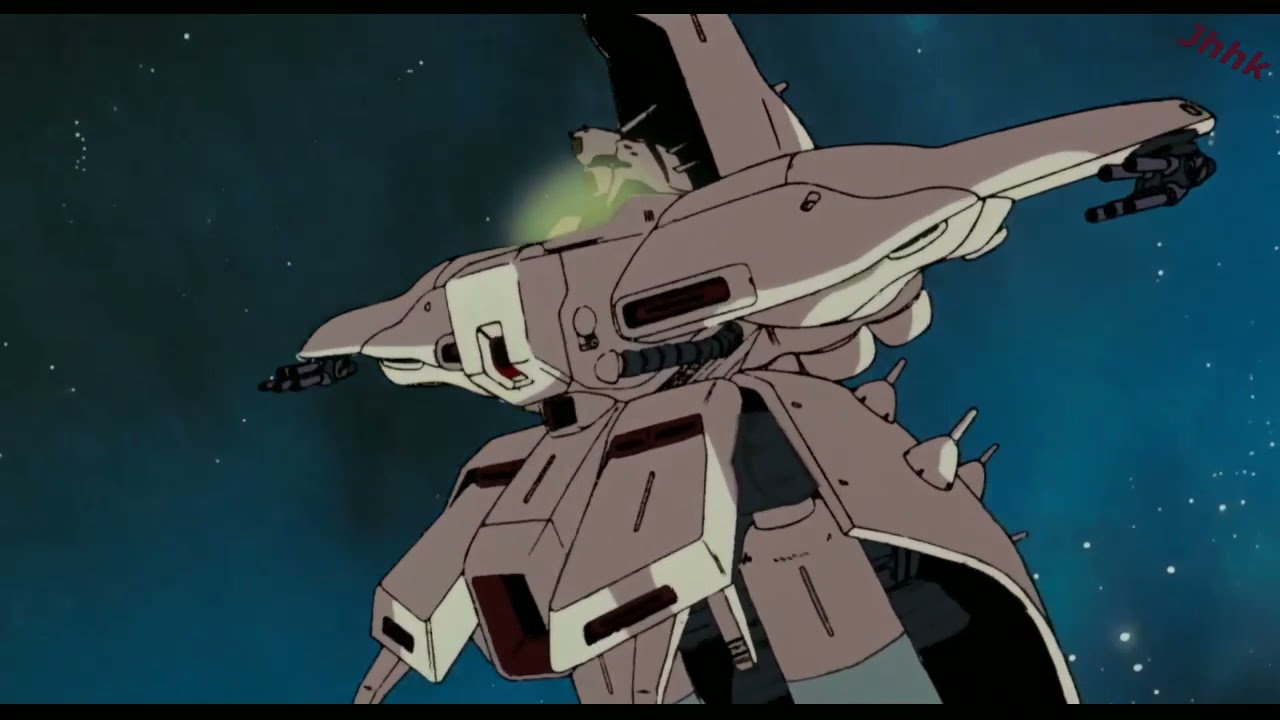
Mecha Profile: NZ-333 Alpha Azieru – Char’s Counterattack
The big and familiar looking NZ-333 α Azieru rumbles the battlefield for the newly formed Neo Zeon. Ironically, it was piloted by a young and naive Newtype girl.
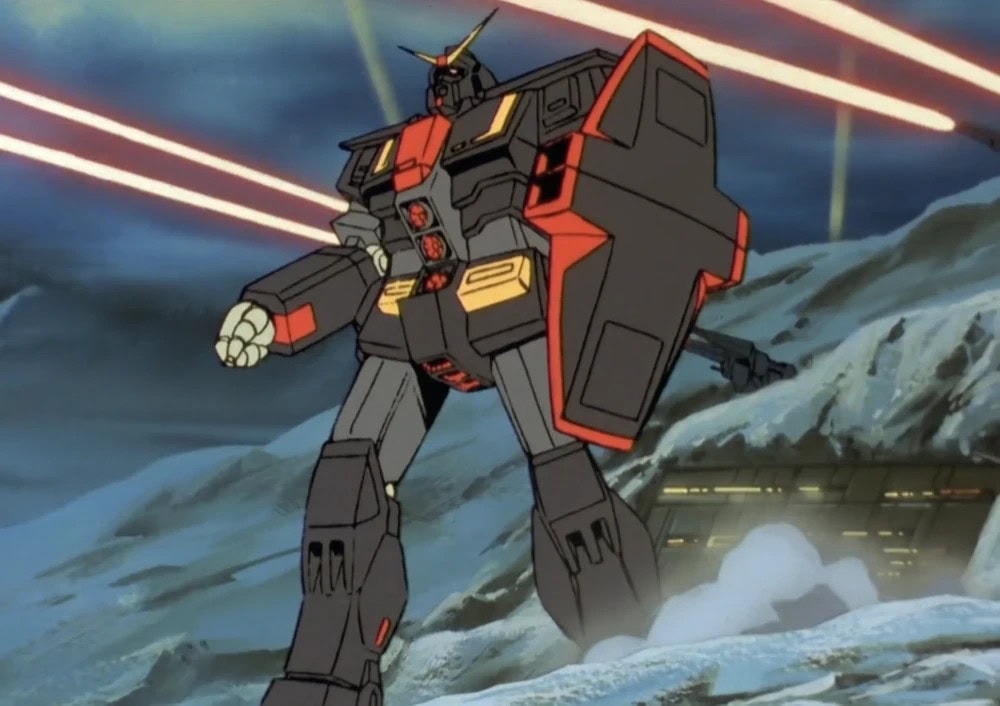
Mecha Profile: MRX-009 Pyscho Gundam
Gundams are already a terrifying sight to see for regular pilots in their mass-produced mobile suits but what if a Gundam gets even larger, stronger and even transformable? The 40-meter Psycho Gundam strikes fear in their eyes.

Mecha Profile: RX-79[G]Ez-8 Gundam Ez8
Some pilots want their Gundam extra thick because they keep getting shot at so instead of dodging, perhaps increasing its armor is a better choice, an armor so thick they were made from the enemies themselves – the Ez8 Gundam.

Mecha Profile: MS-07B-3 Gouf Custom
Oh boy it’s definitely not a Zaku! The Gouf Custom is a fine choice for Zeon’s aces that prefer lighter mobile suits for close quarter combat over the mass-produced Zaku II.
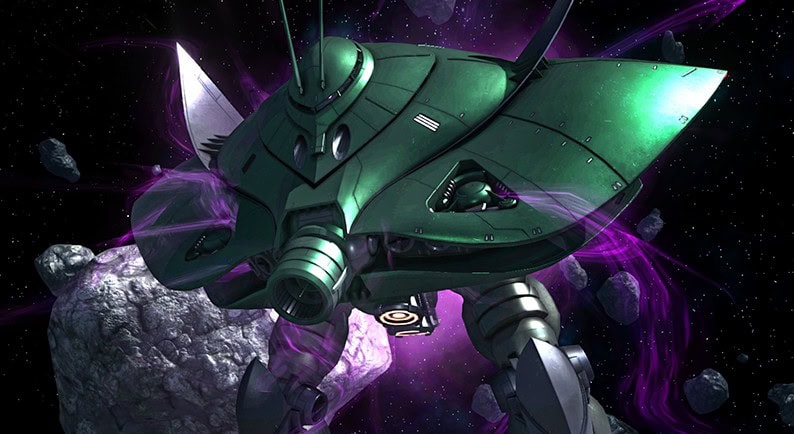
Mecha Profile: MA-08 Big Zam
This iconic and recognizable giant chicken-legged mobile suit – or mobile armor to be exact has made its debut to the Universal Century during One Year War – the Big Zam.
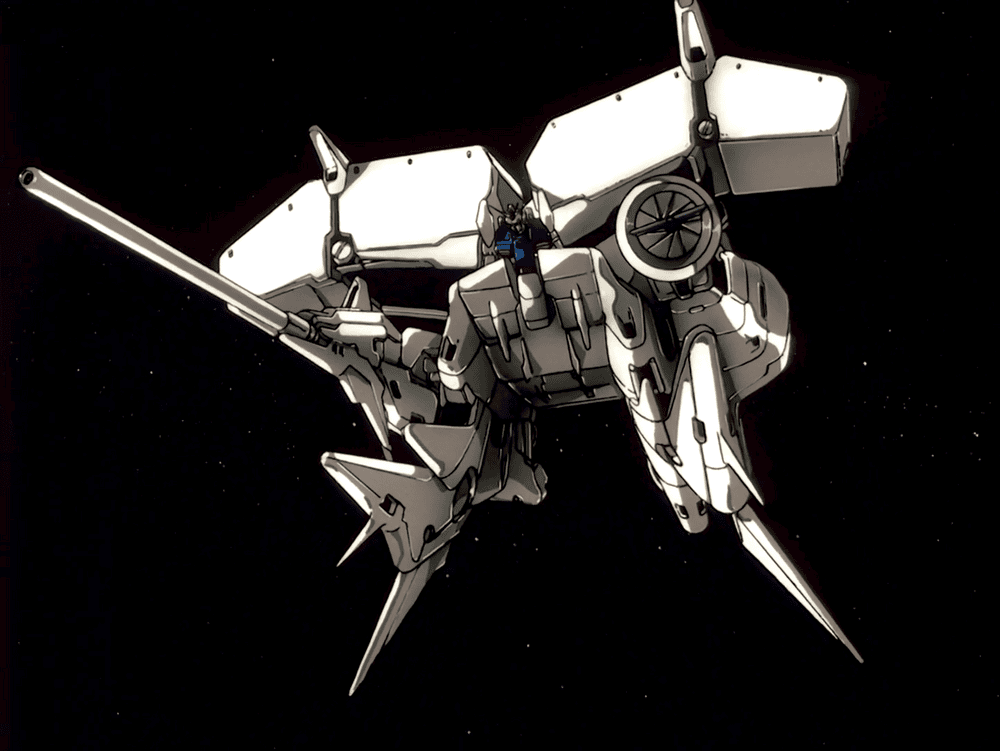
Mecha Profile: RX-78GP03 Gundam Dendrobium
A robot with a gigantic weapon pack on its back is undoubtedly one of the coolest ideas anyone can come up with and the Gundam Dendrobium is here to fulfill everyone’s dream of such. Piloted by the famous carrot hater via ace pilot – Kou Uraki, it soared through war-torn space in the middle of the Delaz Conflict.
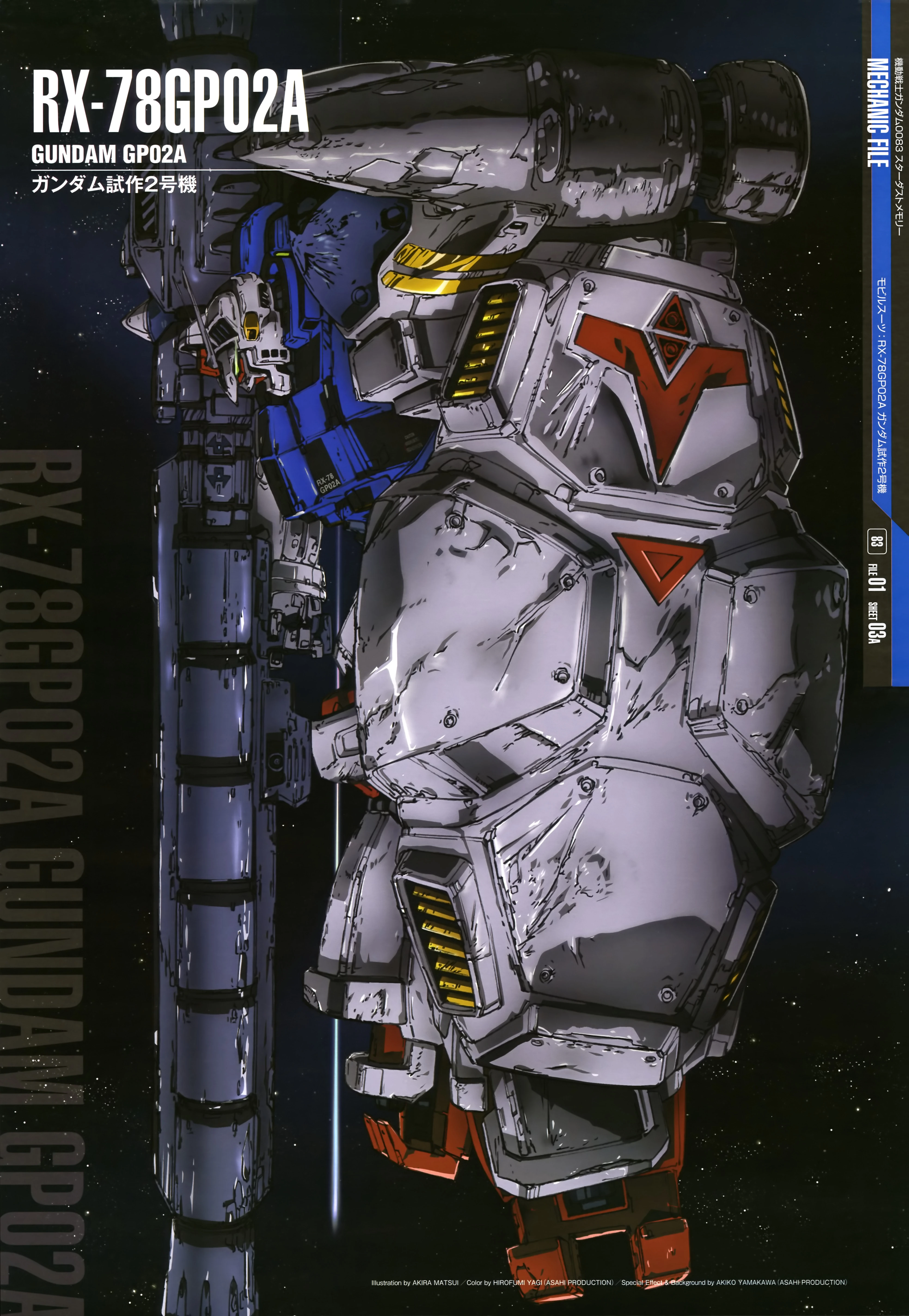
Mecha Profile: RX-78GP02 Physalis – Gundam 0083: Stardust Memory
Bulky yet very maneuverable, Gundam Physalis is one big nuclear threat that looms over U.C.0083.

Mecha Profile: RX-78GP01 Zephyranthes – Gundam 0083: Stardust Memory
Flowers that blossom on the battlefield are the strongest kind. The Gp-01 Zephyranthes is a high-mobility Gundam that returned to Gundam’s root with a core fighter.

Mecha Profile: Gundam Z – Hyaku Shiki
An ambitious project to build a Mobile Suit that would last a hundred year. Cladded in a golden color is the Hyaku Shiki – aka Type 100 – which was Lt. Quattro’s personal mobile suit.

Mecha Profile: Gundam ZZ – Qubeley
A machine fitting for the queen of Neo Zeon. The Qubeley is a special machine made for a special pilot. Its funnel dominate the battlefield.
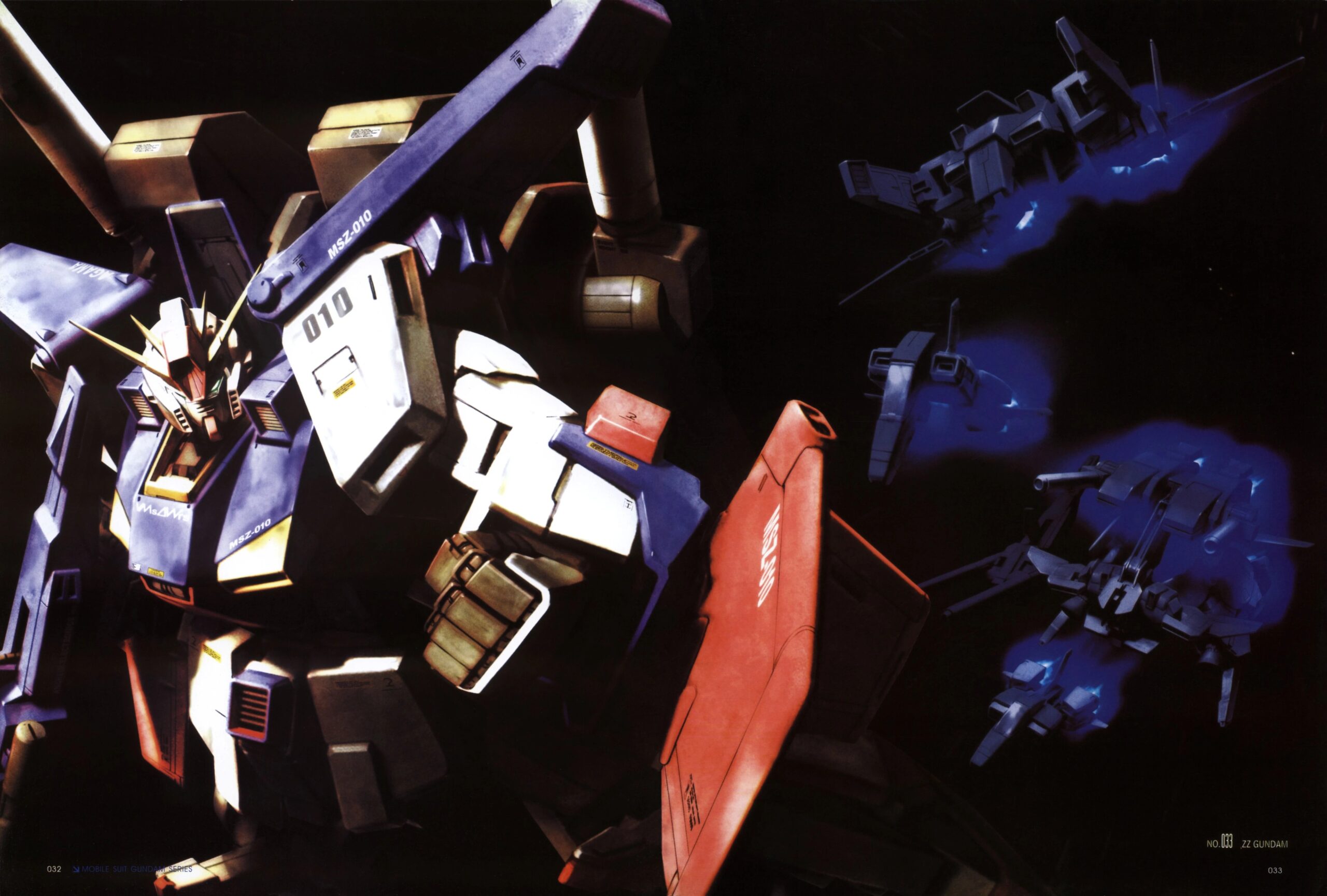
Mecha Profile: Gundam ZZ – ZZ Gundam
Power overwhelming! One of the main Gundam with the highest firepower pre CCA. The ZZ Gundam is an all-in-one combiner that was pivotal in the war against the Neo Zeon.
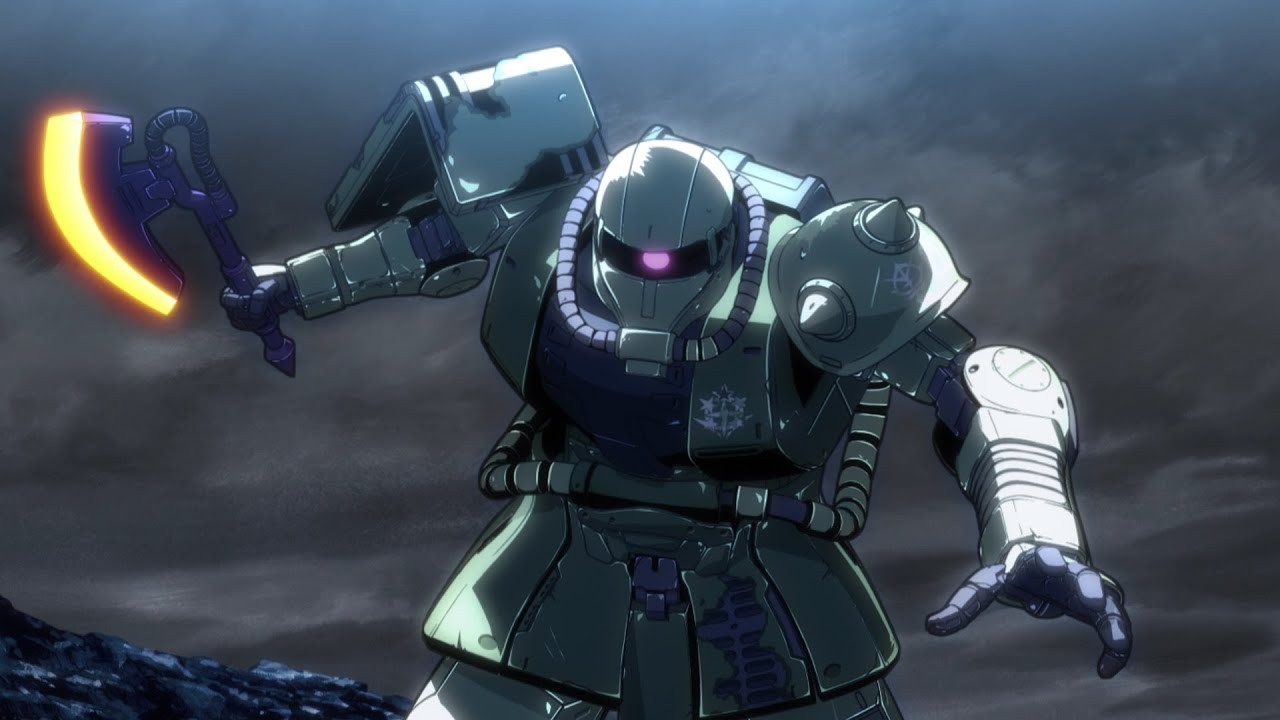
Mecha Profile: Gundam 0079 – MS-06 Zaku II
The backbone of the Principality of Zeon in the One Year War. The Zaku is not a super prototype, but its reliable performance has brought Zeon many victories – especially when Char Aznable pilot it.


